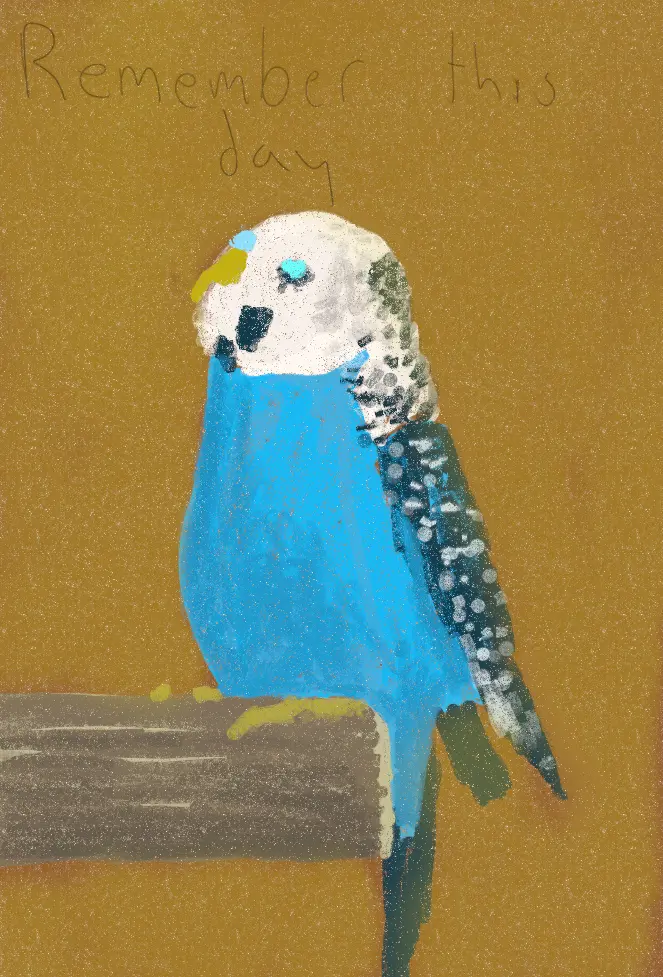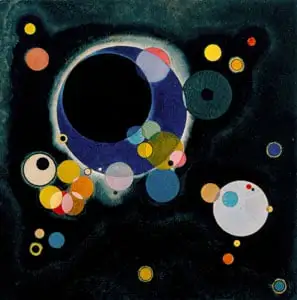Lear’s illustrations were produced using lithography, in which artists copied their paintings onto a fine-textured limestone slab using a special waxy crayon. The block was then treated with nitric acid and gum arabic to etch away the parts of the stone not protected by the wax. The etched surface was wetted before adding an oil-based ink, which would be held only by the greasy crayon lines, and copies were printed from the stone. The printed plates were hand-coloured, mainly by young women.
Lear drew directly on to the limestone instead of first making a painting and then copying it onto the stone, thus saving him considerable expense. Although this method was technically more difficult, drawing directly onto stone could give a livelier feel to the final illustration, and was favoured by some other contemporary bird artists such as John Gerrard Keulemans. Lear largely taught himself lithographic techniques, using stones hired at the studio of his printer, Charles Joseph Hullmandel. Hullmandel was the author of The Art of Drawing on Stone (1824), and the leading exponent of lithographic printing in Britain. His colourists used egg white to give a sheen to the parrot’s plumage and a shine to the bird’s eye.

